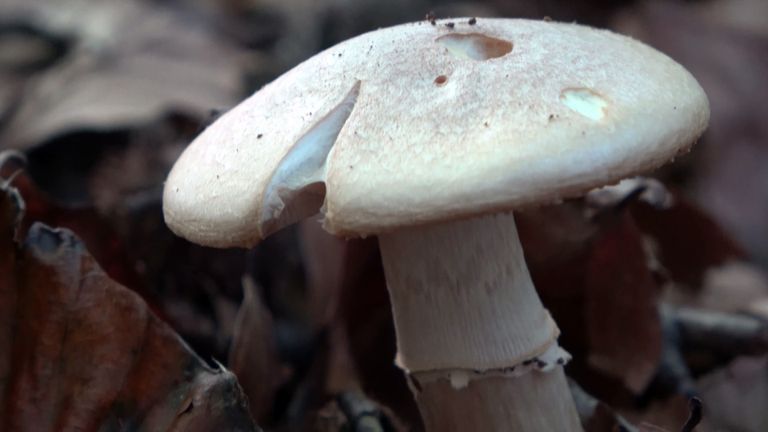
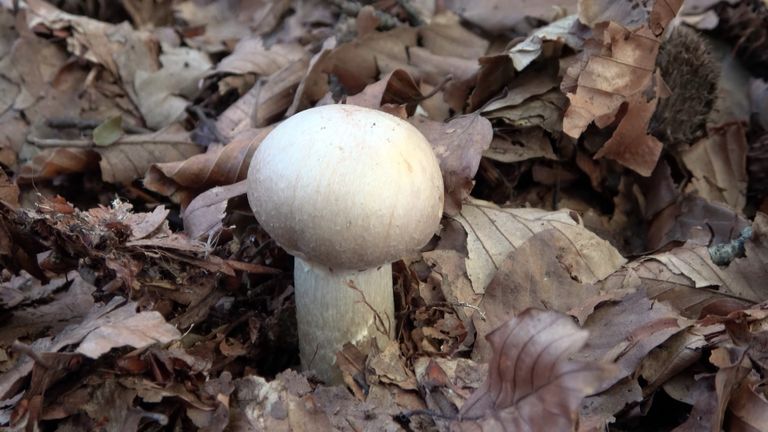
I remember the times when this mushroom was called ''Turek'' in my regions and was harvested as a last resort. The baskets were always filled with porcini mushrooms and other tasty mushrooms, and the ''Turek'' was at the very end when nothing could be found in the forest anymore. I did not appreciate this mushroom, but in vinegar it was brilliant, always tasty and crispy crunch. Times have changed. Today it is an increasingly rare species.
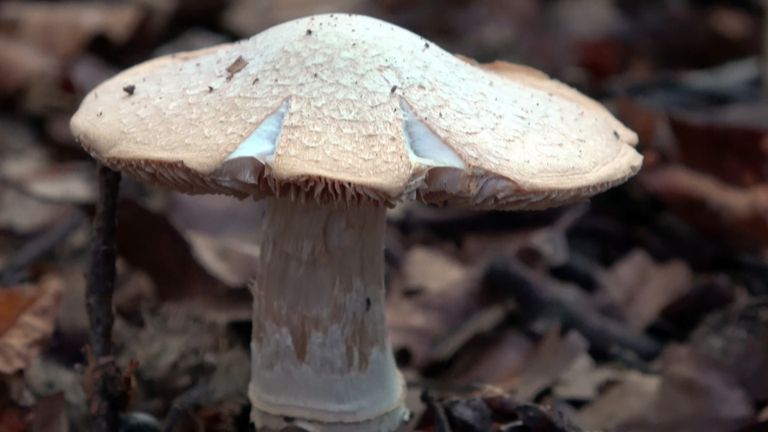
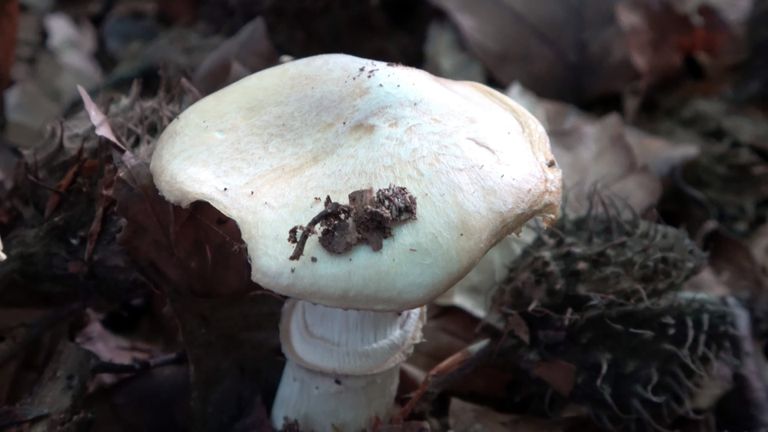

I also noticed a certain phenomenon. The longer I live and pick mushrooms, the more I approach picking certain edible species with distrust. My perception is not disturbed, but I have more doubts during mushroom picking. But is knowledge harmful? 😉
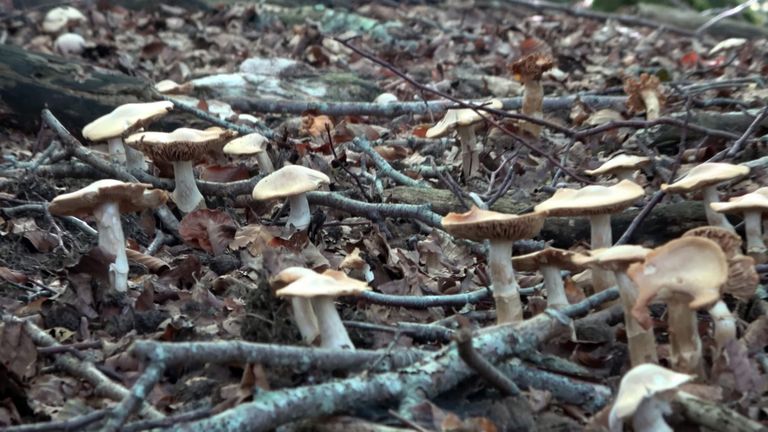
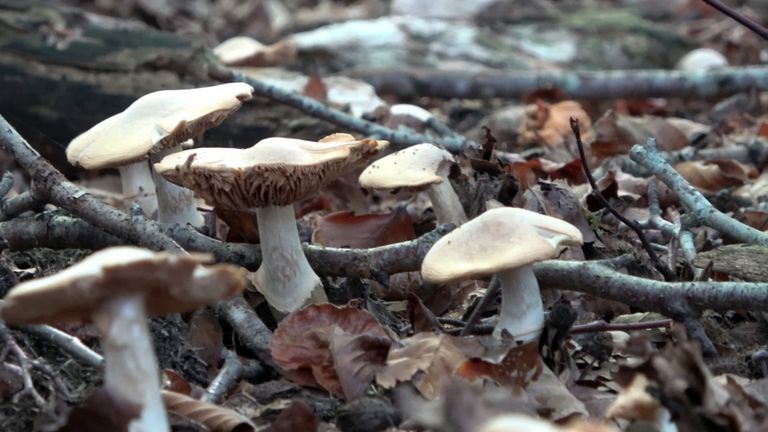
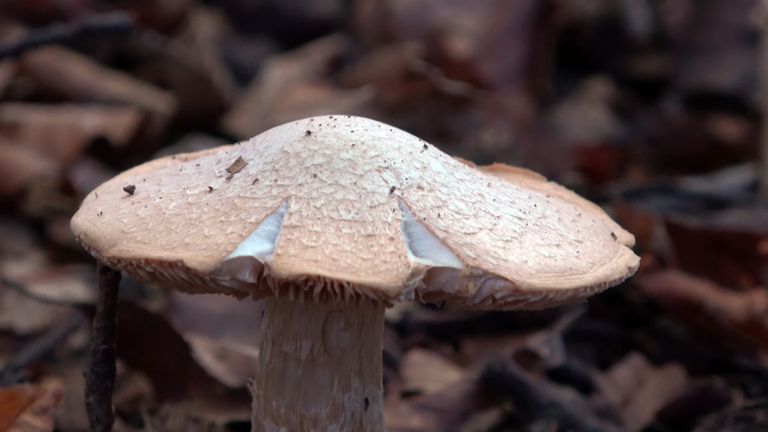
The cap of this mushroom can be up to 10 cm in diameter. The color can be different, from gray-yellowish, through slightly orange, beige-yellow, ocher, ocher-yellow, sometimes with a light blue tinge. Young fruiting bodies are ovate, spherical. Ripe hats are convex, often wrinkled and cracked with a small hump. The surface of the hat is covered with delicate white and silvery scales.
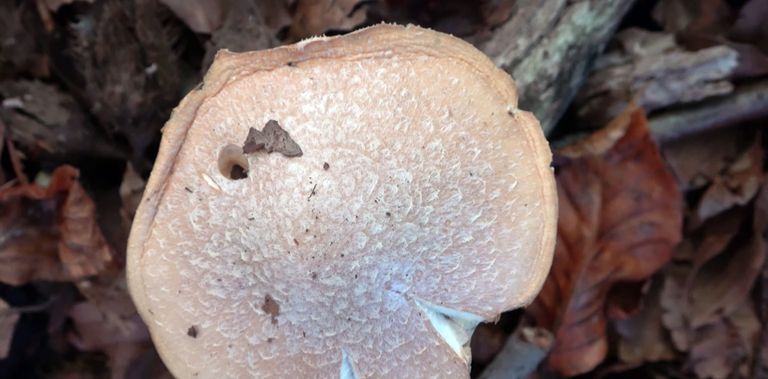

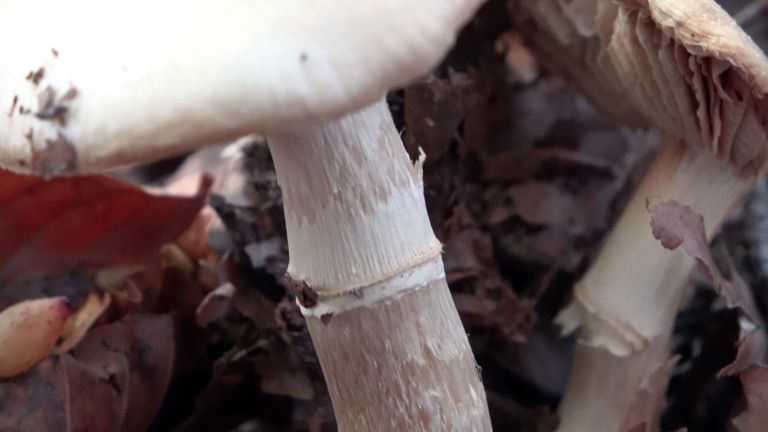

Firm and at the same time delicate, clay-yellow, clay-yellow lamellae may be up to 8 mm wide. They are quite dense.


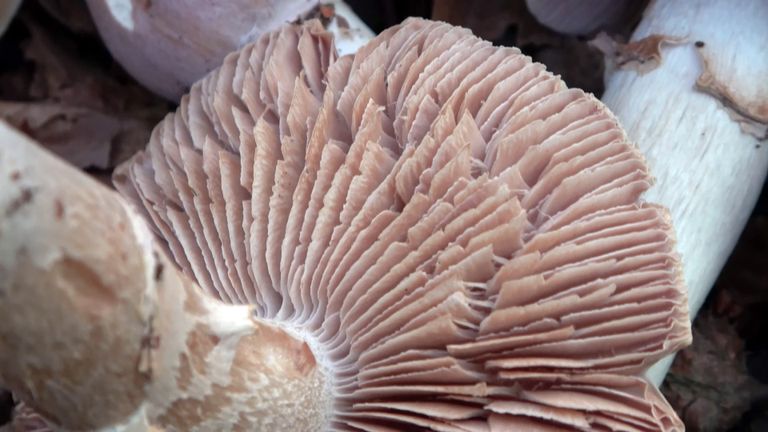
The shaped leg is cylindrical, white, or clay-white, full in the center. It has a characteristic white, golden ring
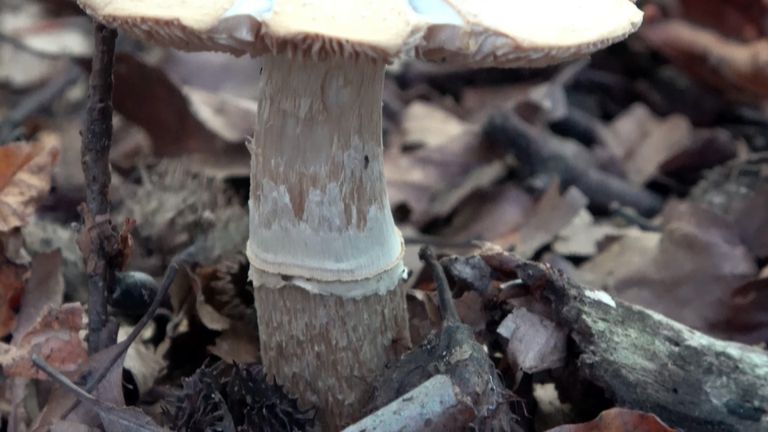


The beige or white flesh has a mild flavor and a pleasant mushroom aroma. It is very firm and fleshy, even after heat treatment.

The fungus was once very common, and is still regarded as such in scientific studies, unfortunately the truth is more painful, because in my opinion it is less and less frequent. In the past it was possible to mow these mushrooms with a scythe, but today it is impossible.

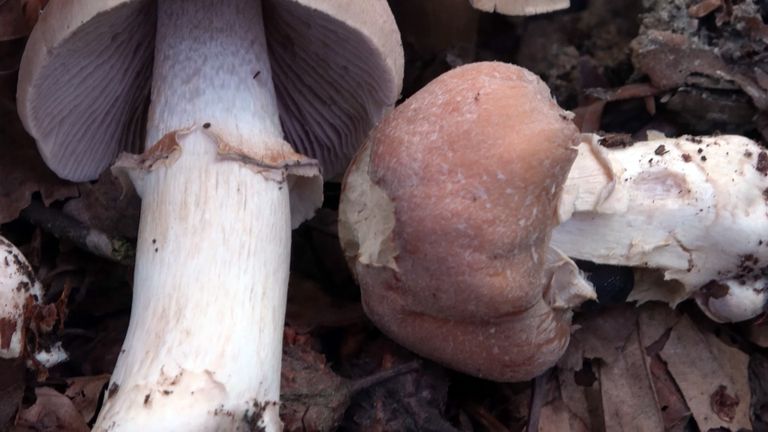

Mushrooms most often grow in groups, massively. They appear in late summer in August and continue to grow until October. The site of this fungus is mainly coniferous forests, rarely in deciduous forests.
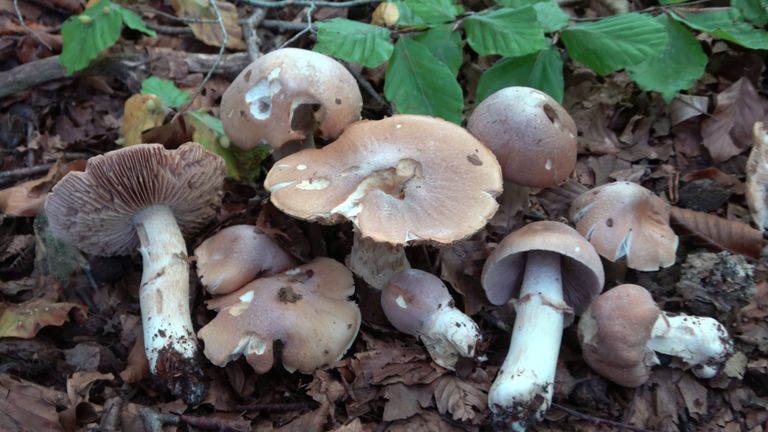
It is an edible species that works perfectly in soups, sauces, but above all in vinegar marinade.
Enjoy 😉
